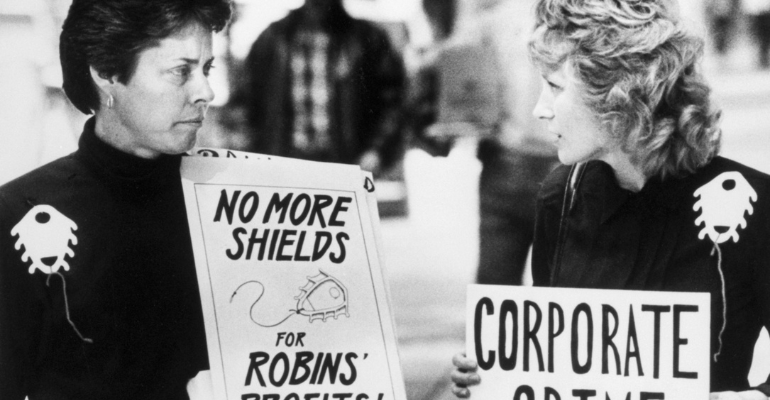Exposing Weaknesses in Medical Device Regulation
2023-07-11
A group of physician researchers ruffled medical device industry feathers in 2016 with a scathing analysis of FDA's premarket approval (PMA) database for obstetric and gynecologic devices during the 2000-2015 timeframe. The authors called for stricter medical device regulation, specifically in their specialty.
The report, authored by obstetric-gynecologic physicians and other researchers at Northwestern University's McGaw Medical Center and Feinberg School of Medicine, and the University of Chicago Medical Center, was published in the June 2016 issue of Obstetrics & Gynecology.
In it, Jessica R. Walter, MD et al reported that of the 18 device approvals studied, 14 (78%) met their primary clinical efficacy endpoint, only 12 were required to conduct postmarket surveillance, 42% were approved on the basis of nonrandomized controlled trials, and three were withdrawn after approval--all of which were either not referred to or not recommended for approval by FDA's obstetrics and gynecology advisory committee.
The authors say that of these, "two failed to demonstrate clinical benefit in their pivotal trials. One device was not required to undergo postmarketing surveillance and was subsequently withdrawn as a result of patient safety concerns," the authors wrote. "Our results reveal significant weaknesses in the preapproval and postapproval regulation of high-risk obstetrics and gynecology devices. Greater specialty group involvement is necessary to ensure the development of safe and clinically effective devices."
Steven Xu, one of the co-authors, told MD+DI at the time that the primary goal of the paper was to raise awareness within the obstetrics and gynecology community surrounding medical device regulation and safety.
In their Obstetrics & Gynecology paper, Walter and her co-authors cite the Dalkon Shield disaster that led to the 1976 Medical Device Amendments, but also "several controversies surrounding medical device safety in the field."
Bettmann / Bettmann via Getty Images

Preview
来源: mddionline
The paper concludes with the authors' assertion that there is a need to raise the burden of proof through medical device regulation without stifling medical device innovation.
The authors asked both government and physician-specialty organizations representing obstetrician-gynecologists to "require more rigorous regulatory standards for the approval and post-approval tracking requirements for high-risk devices."
They also said FDA should use its obstetrics and gynecology advisory committee more often in device reviews, and "obstetrician-gynecologists need to be more than mere end-users."
"Specialties such as gastroenterology and cardiology have recruited the support of physician societies to spur medical device development through device-specific registries. Organizations representing obstetrician-gynecologists should expand their efforts in this area," they wrote.
更多内容,请访问原始网站
文中所述内容并不反映新药情报库及其所属公司任何意见及观点,如有版权侵扰或错误之处,请及时联系我们,我们会在24小时内配合处理。
适应症
-靶点
-药物
-立即开始免费试用!
智慧芽新药情报库是智慧芽专为生命科学人士构建的基于AI的创新药情报平台,助您全方位提升您的研发与决策效率。
立即开始数据试用!
智慧芽新药库数据也通过智慧芽数据服务平台,以API或者数据包形式对外开放,助您更加充分利用智慧芽新药情报信息。




